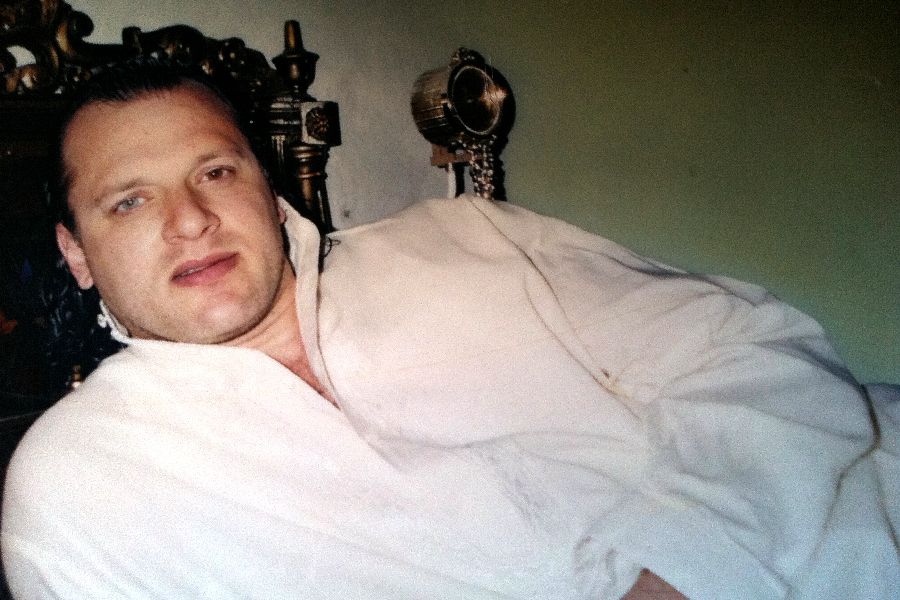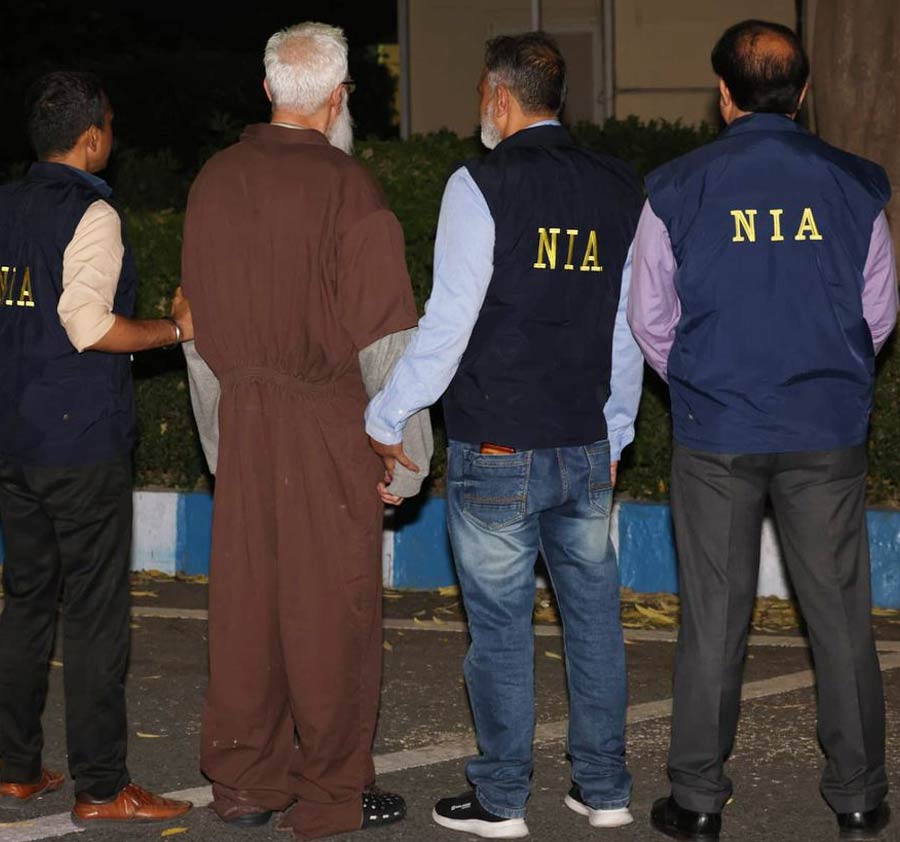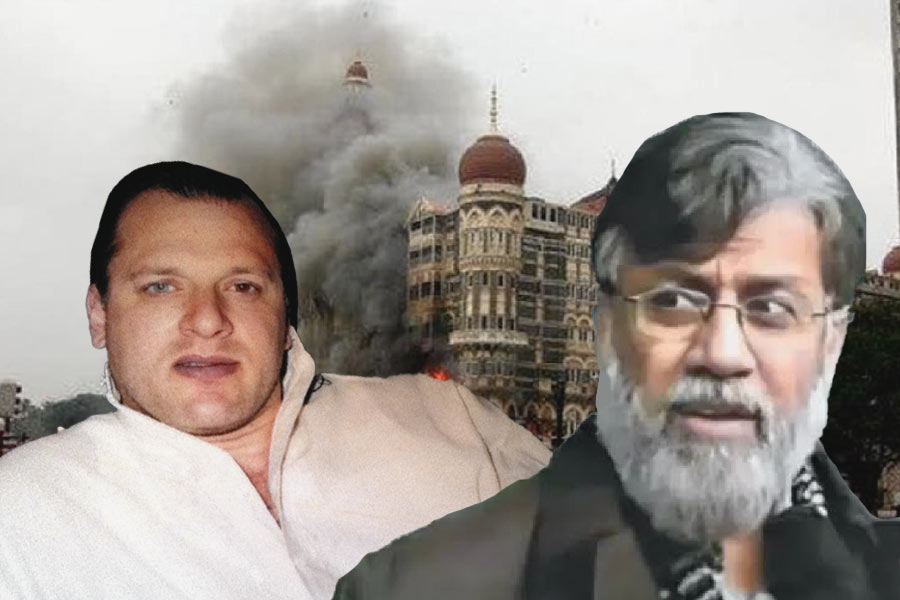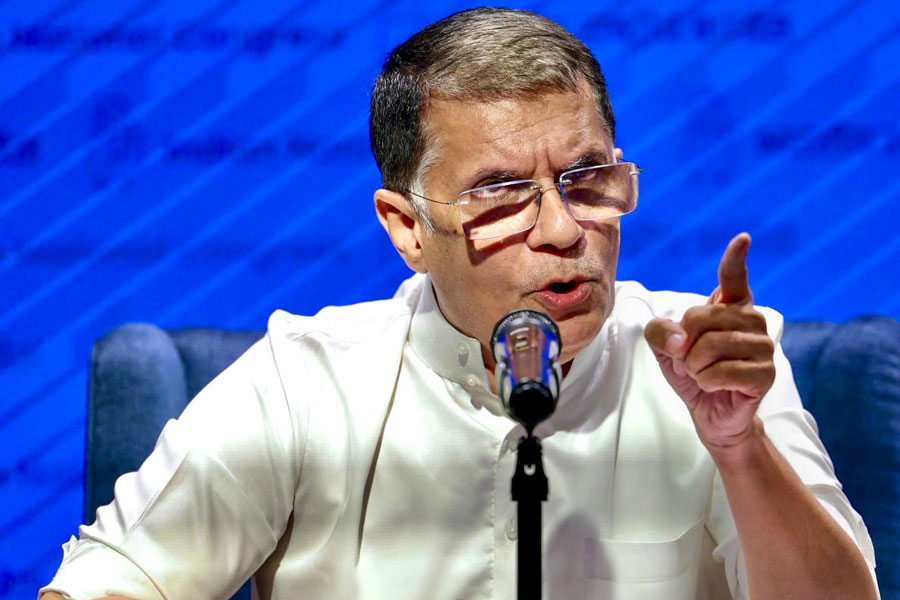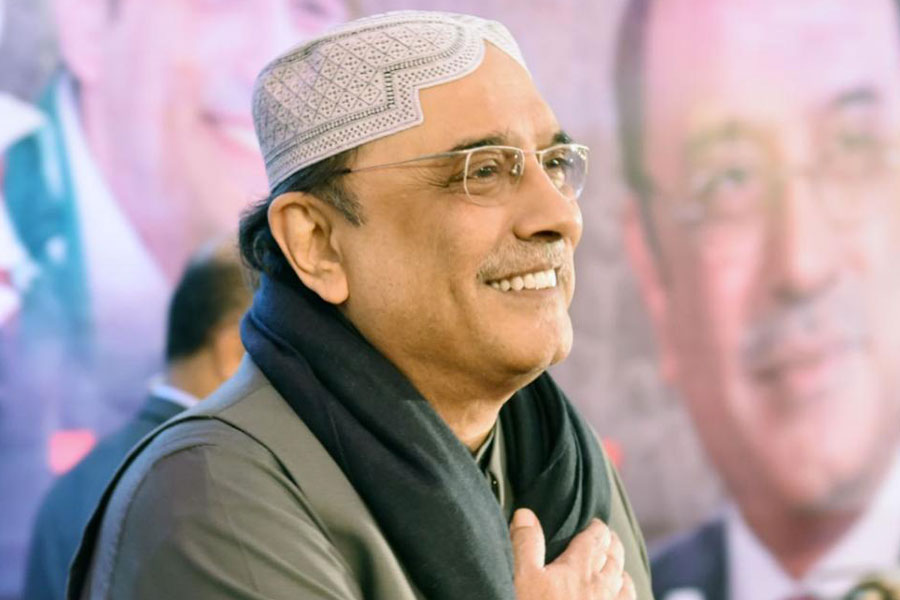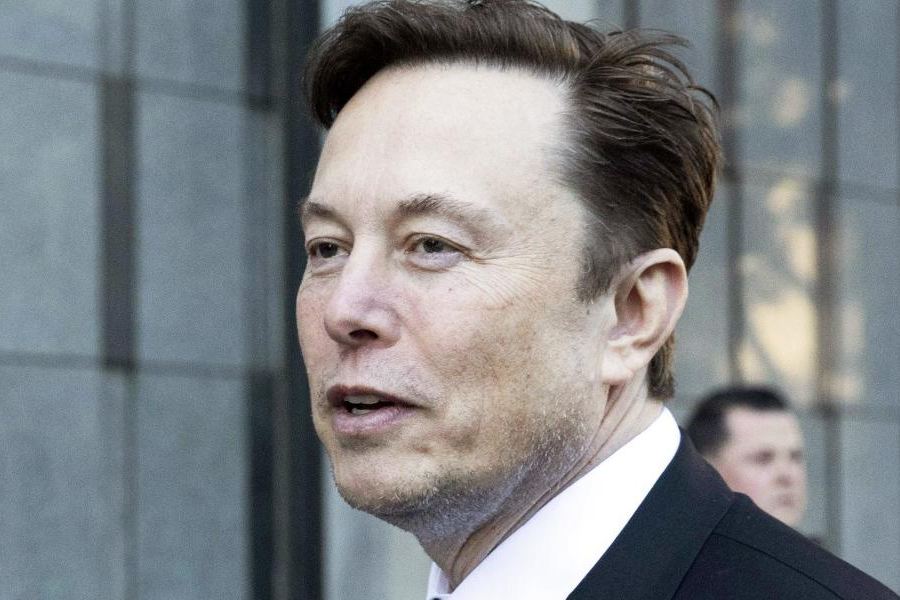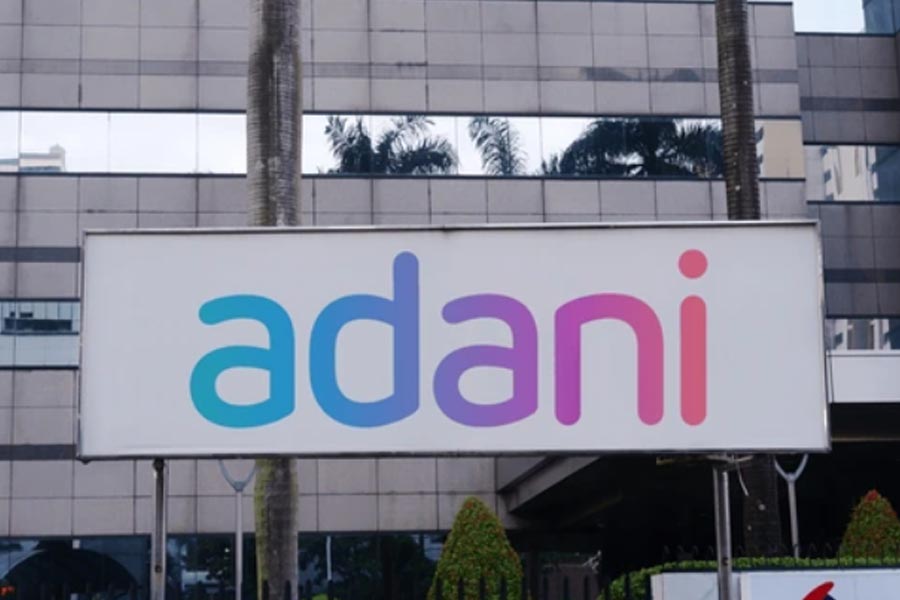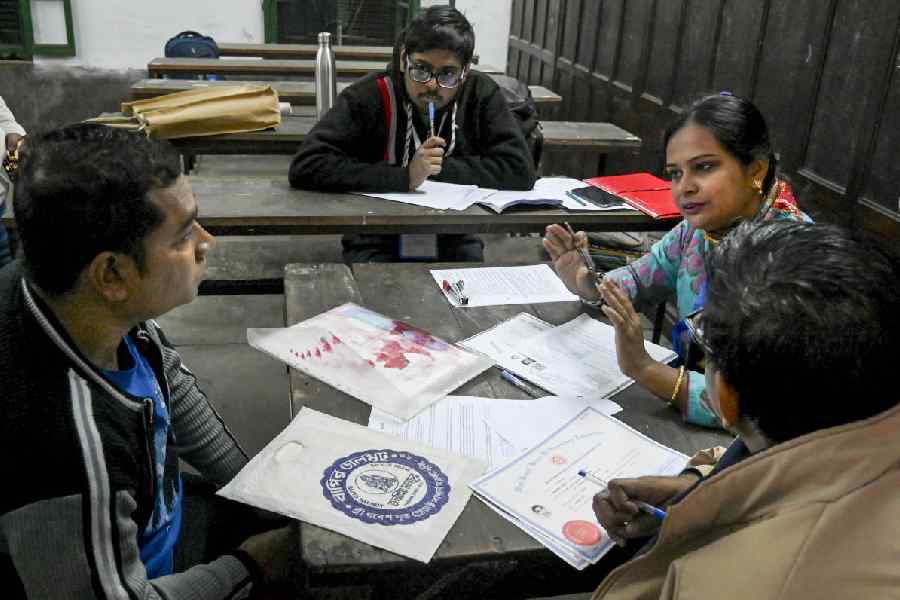On the night of November 26, 2008, India watched in horror as ten armed terrorists launched an attack on Mumbai, laying siege to the city for three days. The assault left 166 people dead and over 300 injured, marking one of the deadliest terror attacks in India’s history.
The attackers, linked to the Pakistan-based militant group Lashkar-e-Taiba (LeT), targeted iconic landmarks in the city and drew global condemnation and concerns over cross-border terrorism.
More than 15 years later, the extradition of Tahawwur Rana—a Pakistani-origin Canadian businessman—raises a question whether justice has been served.
The United States has yet to extradite David Coleman Headley, a key conspirator and an alleged double agent and Zaki-ur-Rehman Lakhvi, LeT’s then-military chief and a key figure in planning the attacks, is believed to be living freely in Pakistan.
In 2013, a US federal court sentenced Headley to 35 years in prison for his involvement in the Mumbai plot. He admitted to working as an operative for Lashkar-e-Taiba and as a spy for Pakistan’s Inter-Services Intelligence (ISI). His testimony offered some of the most concrete evidence linking Pakistani intelligence to the Mumbai attacks.
But Headley’s past ties with the US Drug Enforcement Administration (DEA) have raised serious questions. Reports from ProPublica, a US-based non-profit investigative journalism website, revealed that Headley had operated as a DEA informant prior to and possibly during his collaboration with terror groups.
A government memo cited by ProPublica suggested that Headley “slipped through the cracks,” sparking speculation over whether systemic failures or undisclosed intelligence links were at play.
Some Indian officials argue that intelligence provided before the attacks may have originated from US surveillance on Headley. But this was never officially confirmed.
A joint investigation by ProPublica and FRONTLINE in 2012 found no evidence that Headley was working for the US government at the time of the attacks.
In the report, former FBI counterterrorism official Philip Mudd had said: “You’re not looking at a grain of sand and building a beach. You’re looking at a beach and trying to find a grain of sand,” he said.
Headley’s relationship with the DEA remains clouded in contradiction. While DEA officials claimed he was deactivated as a confidential informant in 2002—just weeks after he began terror training in Pakistan—other sources suggest his affiliation may have continued until 2005.
In court, Headley himself testified that he remained connected to the DEA until September 2002.
According to a US government memo, quoted in the reports, in 2013, senior US officials raised concerns with then-Pakistani Army Chief Gen. Ashfaq Parvez Kayani over Lakhvi’s continued influence while in custody. Although Pakistan’s ISI reportedly instructed prison authorities to limit Lakhvi’s communications, Kayani refused U.S. requests to confiscate his mobile phone—indicating a reluctance to fully clamp down on him.
The US eventually filed charges against a serving ISI officer in connection with the deaths of six American nationals in the Mumbai attacks. But Pakistani authorities have yet to arrest the individual or pursue other implicated suspects.

